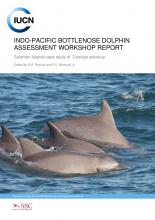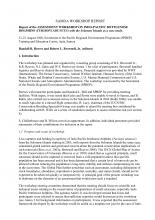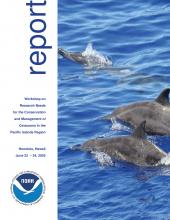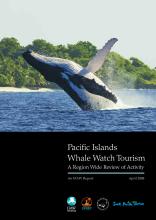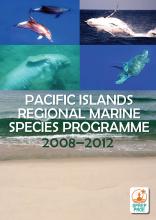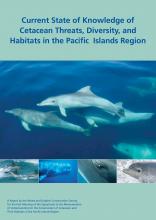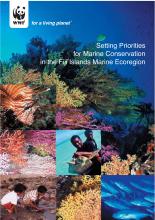Current state of knowledge of Cetacean Threats, Diversity and Habitats in the Pacific Islands Region / by Cara Miller


Climate Change Resilience, Island and Ocean Ecosystems
Available Online
This report provides an overview of the current state of knowledge of cetacean diversity, habitat and threats in the Pacifi c Islands Region. The boundaries of the Pacifi c Islands Region (Chapter 1), as defi ned by the Convention of Migratory Species (CMS) Memorandum of Understanding (MoU) for the Conservation of Cetaceans and their Habitats in the Pacifi c Islands Region (CMS 2006), are the marine areas under the jurisdiction of each Country or Territory of the Pacifi c Islands Region, and extend to the area defi ned by the Noumea Convention, i.e., between the Tropic of Cancer and 60° South latitude, and between 130° East longitude and 120° West longitude. The region stretches over some 10,000 kilometres from east to west and 5,000 kilometres from north to south, with a combined economic exclusion zone (EEZ) of approximately 30 million km². This region contains 22 Pacifi c Island Countries and Territories, as well as a portion of the Australian continent, both the North and South Islands of New Zealand, and a portion of the Hawaiian Islands. The region is purported to hold the most extensive and biologically diverse reefs in the world, the deepest ocean trenches, the worlds largest tuna fi shery, as well as a range of globally threatened species such as sea turtles, dugongs and cetaceans (UNDP 1999)

